Short-grain rice is a culinary staple characterized by its sticky texture and unique starch composition, making it essential for dishes like sushi and risotto. Here I share the versatility of short-grain rice varieties, such as Arborio, bomba, and carnaroli, and why they are the perfect rice for everyday cooking, whether you plan to make a rice salad or a delicious paella!
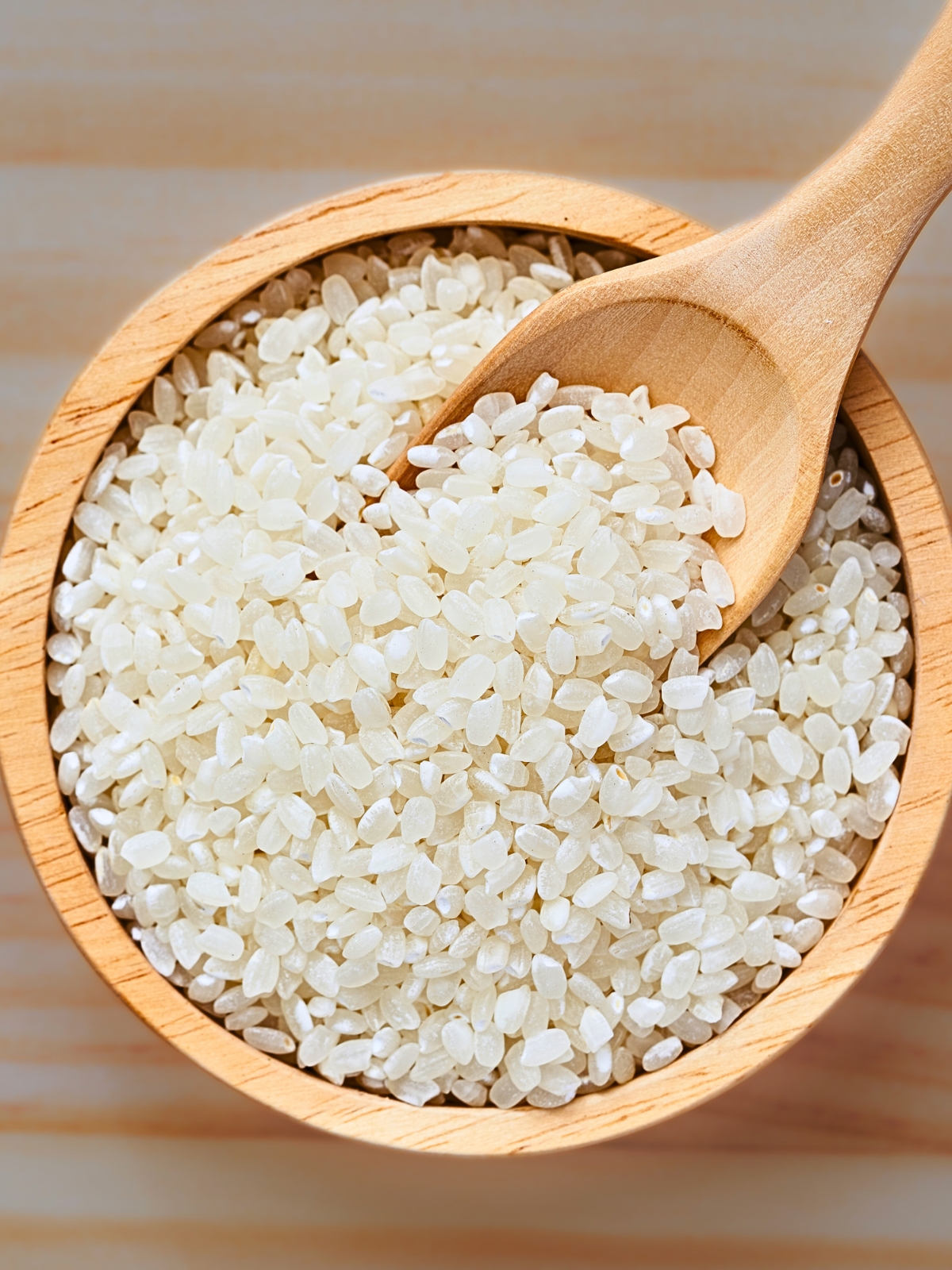
Jump to:
🌾 Grain Highlights
- I will share what sets short-grain rice apart from long and medium-grain rice.
- Its unique starch composition leads to a stickier texture. This characteristic makes it ideal for dishes that require the rice to clump together. That's why arborio rice makes the perfect mushroom and salmon risotto, or the most delicious rice pudding!
- Each type of rice brings something special to the table and I will share how to use them best. If you like to cook rice the right way, it's important to start from the right type!
What is Short Grain Rice?
Short-grain rice, particularly short-grain white rice, is characteristically short and plump. This variety has very high starch levels, leading to a stickier texture upon cooking, setting it apart from other varieties!
But it's not only the starch but also its composition that makes it different: it contains less amylose, which typically helps rice grains remain separate, and more amylopectin, which encourages the grains to stick together. This type of rice is the best option for dishes requiring grains that stick together. It is ideal for meals such as arancini or sushi.
As comparison, long-grain rice (like Texmati and basmati rice) features a longer and thinner appearance and tends to stay separate post-cooking, thanks to its greater amylose content. Medium-grain rice occupies a middle ground—longer than short-grain yet thicker than long-grain varieties, with a slightly sticky consistency after cooking. So, overall, the longer the grain, the less they sticky the cooked rice!
Both short-grain white rice and brown rice have unique qualities that make them great choices for a variety of dishes from risotto, to suppli', paella, and sushi. Short grain brown rice has a nutty flavor, and is not as soft as white short grain rice, which is also milder in flavor.
I hope you enjoy my guide below. Our considerable experience with various rice types confirms that this specific variety will significantly improve the quality of your daily meals.
🔠 Types of Short Grain Rice
1. Arborio Rice
This rice comes from the town of Arborio in Italy's Po Valley. Arborio rice is a variety of superfino rice! Its trademark feature is its high starch content, predominantly in the form of amylopectin.
This makes it ideal for dishes like risotto and rice pudding, where a creamy texture is desired. The grains are short and fat, with a characteristic white dot at the center.
When cooked, it provides a chewy, al dente texture balanced with creaminess and a subtle, delicate flavor. Follow the link if you’re interested in learning how to cook Arborio rice and find out the best substitutes for Arborio rice.
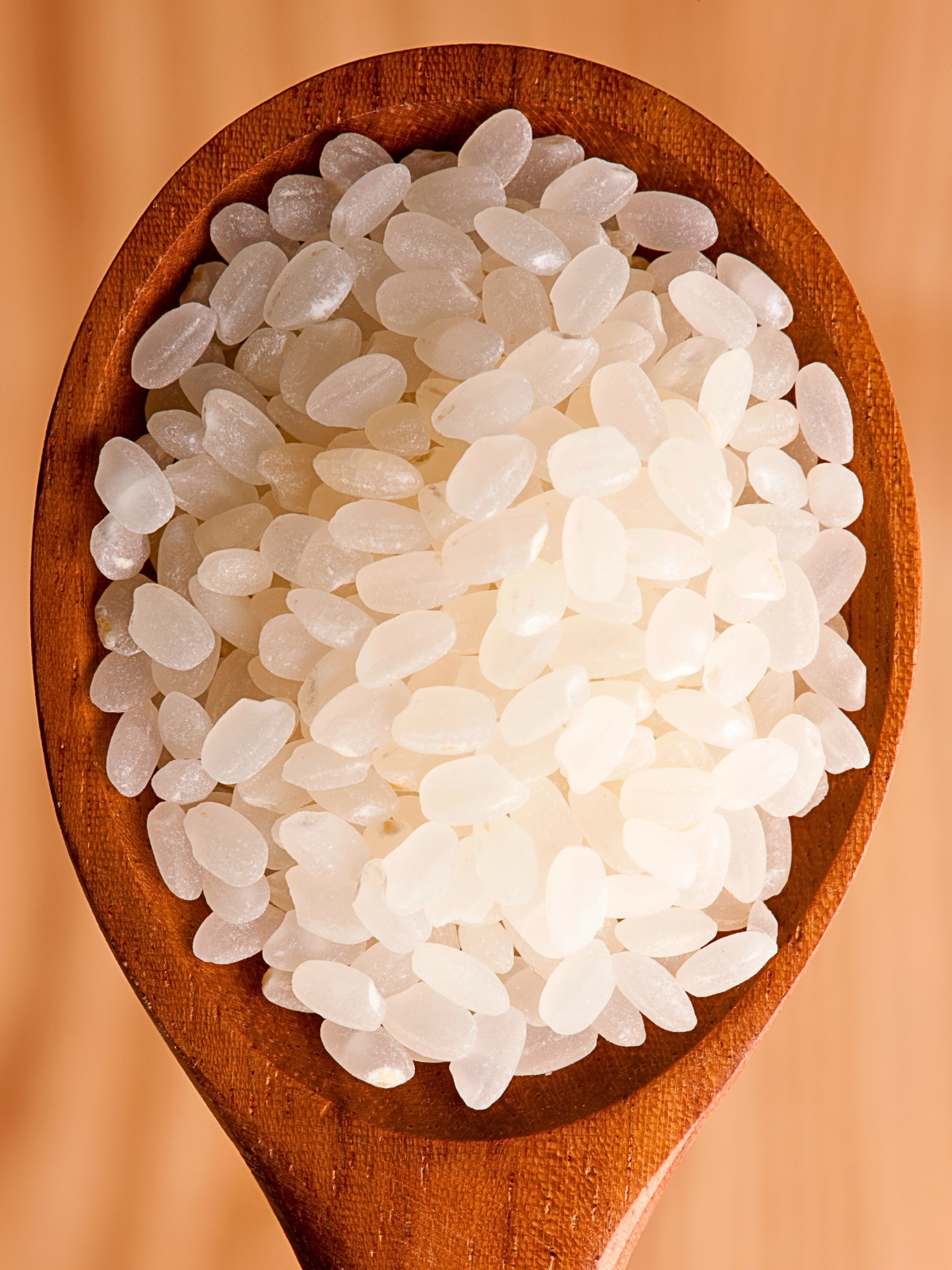
2. Glutinous Rice or Sticky Rice
Despite its name, glutinous rice contains no gluten. The term "glutinous" refers to the glue-like, sticky texture of the rice when cooked. It is grown predominantly in Southeast and East Asia.
This rice has an opaque appearance and is mainly composed of amylopectin, resulting in its sticky texture. You can use it to cook both sweet and savory dishes!
It's perfect for dishes where you want the rice to hold together, and the most common dishes you may have tried cooking or in a restaurant are sticky rice with mango, which is a Thai dessert, and Chinese sticky rice dumplings.
3. Bomba Rice
Bomba rice is a key ingredient in Spain's famed paella dish. What sets bomba apart is its ability to absorb large amounts of liquid—two and a half times its volume—without becoming mushy.
This quality lends itself to rich, flavorful dishes as the rice can soak up plenty of broth. It has a high amylose content, which helps maintain its separate, individual grains even after cooking.
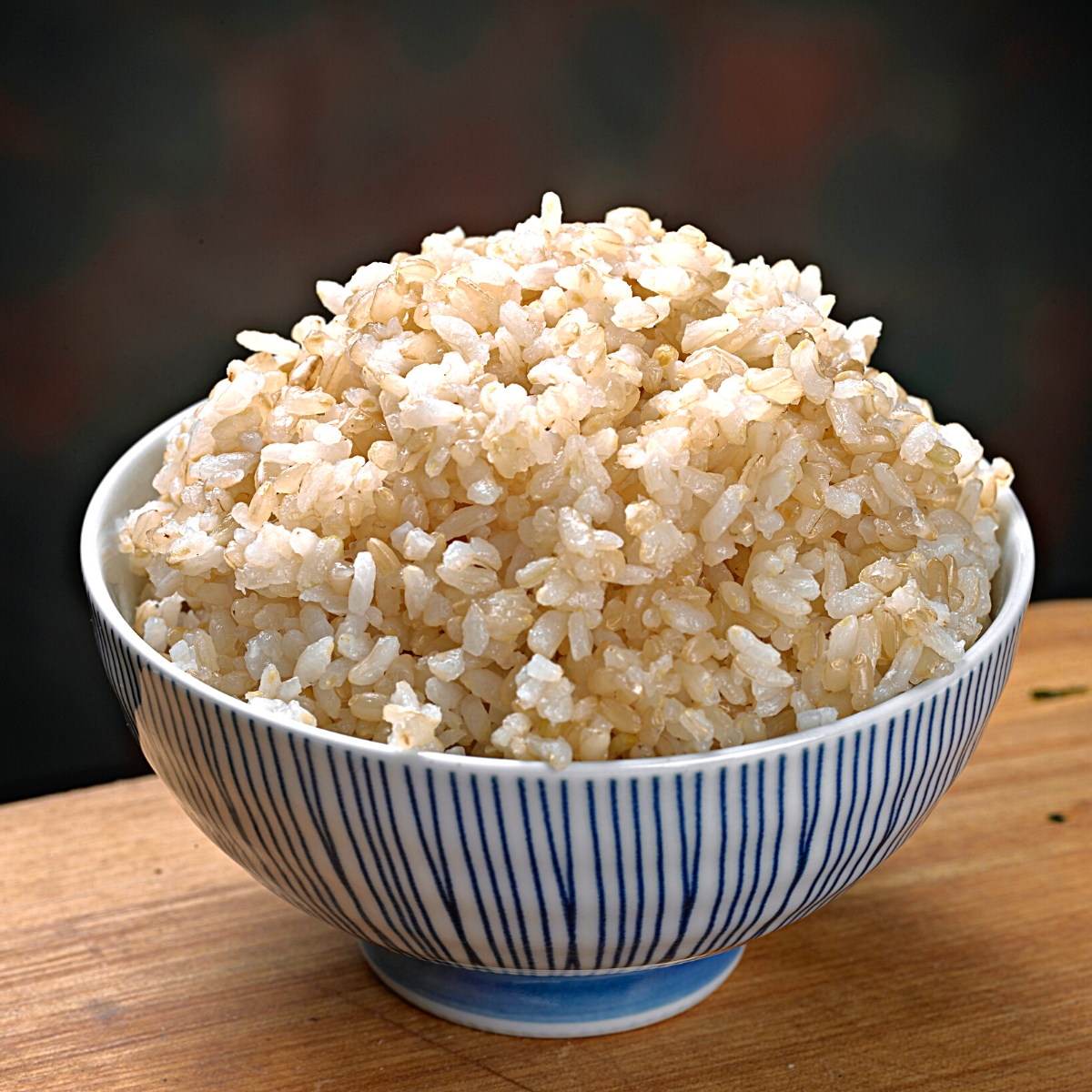
4. Carnaroli Rice
Another Italian superstar, carnaroli rice, is often referred to as the "king of Italian rice." It's highly prized for its superior texture, flavor, and aroma, making it a premium short-grain rice.
Carnaroli has a higher amylose and amylopectin content than Arborio, resulting in a creamier texture when cooked. It's also less likely to become overcooked, making it a favorite for risotto among many chefs - although this also helps novice cooks! If you want to learn to cook short grain rice, this is a great start!
6. Vialone Nano Rice
Vialone nano is another semi-fino grade Italian gem, specially grown in the Veneto region. It's a bit shorter and rounder than Arborio and carnaroli.
This rice works wonders in risottos, especially for those needing a slightly firmer texture. With a balanced amylose and amylopectin content, vialone nano offers a creamy consistency while keeping the grains separate.
It's perfect for absorbing flavors, making your risotto dishes rich and full-bodied. Ideal for more delicate recipes, its unique texture brings out the best in seafood and vegetable risotto.
7. Pearl Rice
Pearl rice, with its short, plump grains, is polished to a high shine, giving it a pearly appearance. This rice variety is most commonly found in Asian dishes and has a soft, sticky texture when cooked, thanks to its high amylopectin levels.
Its subtle flavor and chewy texture make it a favorite for making sweet dishes like rice pudding. It's also used in savory meals where a slightly sticky consistency can enhance the dish, such as in some types of sushi, in Vietnamese sticky rice cakes, and Malaysian nasi lemak.
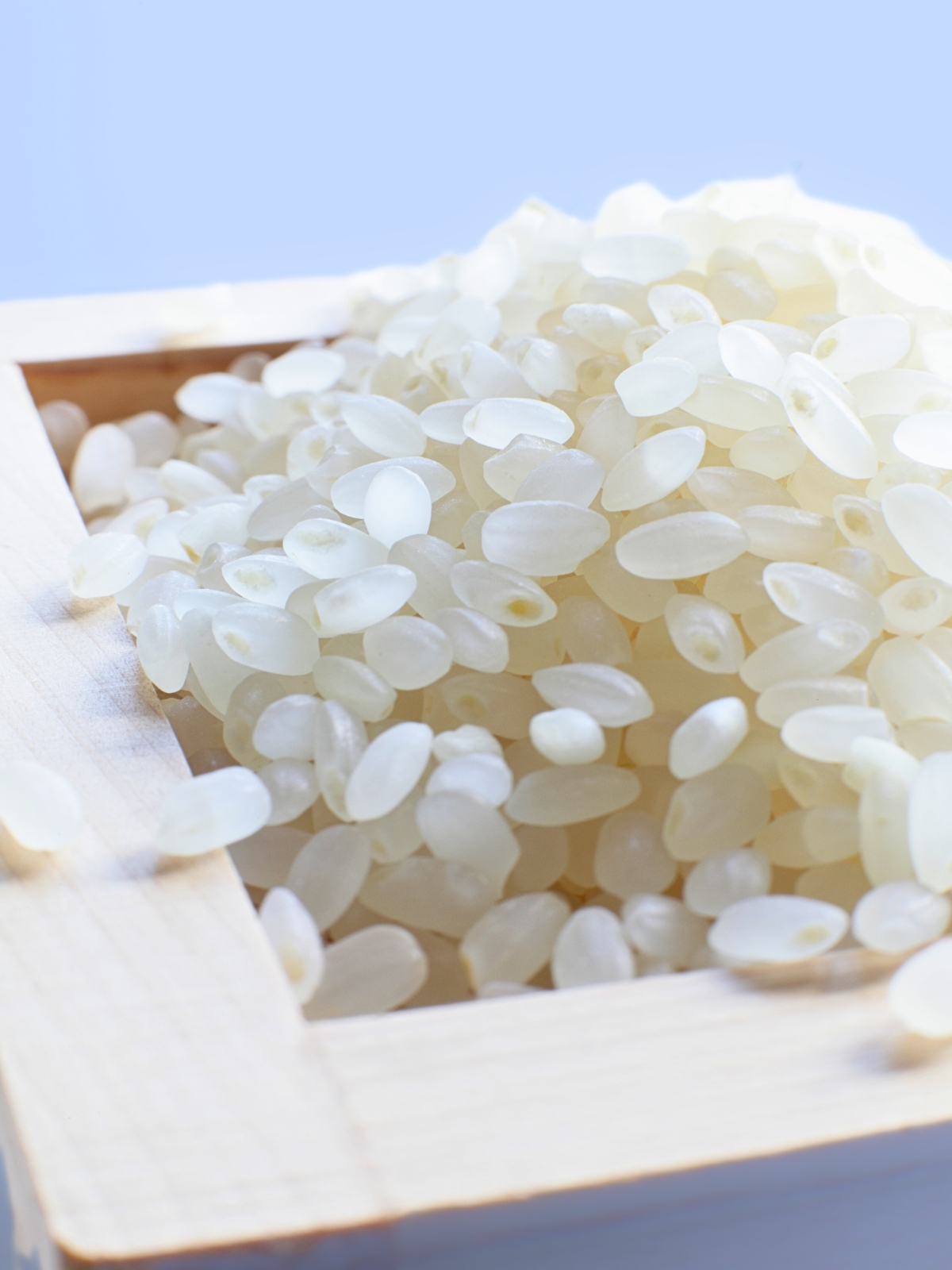
🙋♀️ People Also Ask [FAQs]
While you can substitute short-grain rice with other types of rice, the texture and flavor of your dish might be affected. For instance, substituting short-grain rice in sushi with long-grain rice might result in a less sticky and cohesive roll.
Given its sticky and chewy texture when cooked, short-grain rice is perfect for sushi, rice pudding, and any dish where the rice needs to hold its shape or clump together.

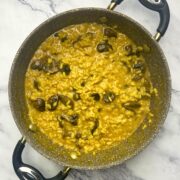

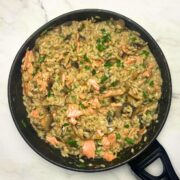
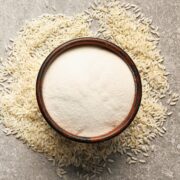
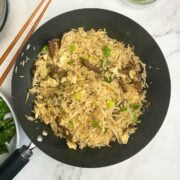
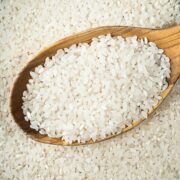
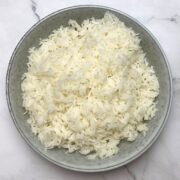
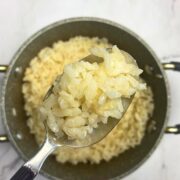
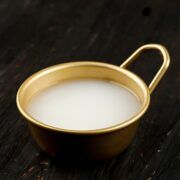
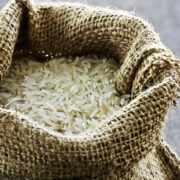
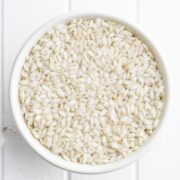


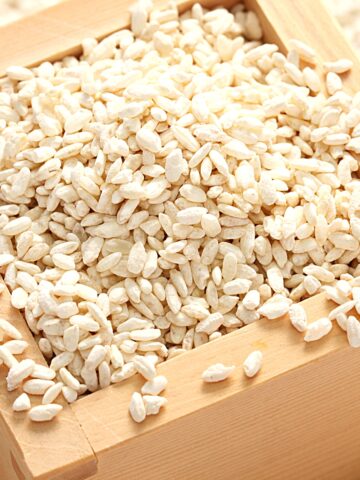
Leave a Comment